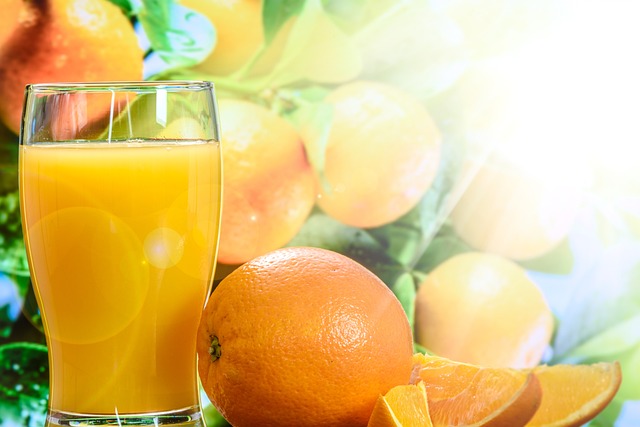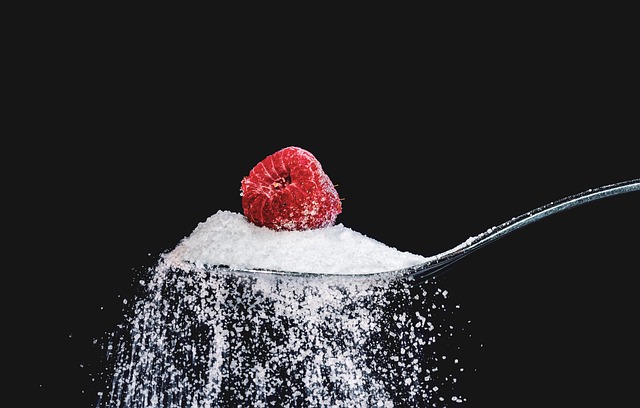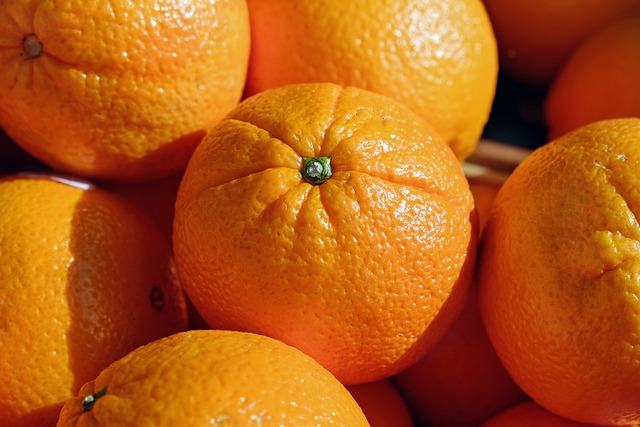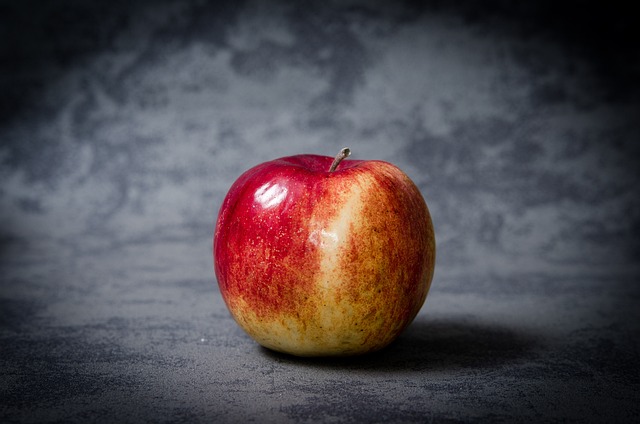The Science Behind Probiotics: Exploring the Benefits and Mechanisms
Probiotics have gained significant attention in recent years for their potential health benefits. These live microorganisms, often referred to as “good bacteria,” are similar to the beneficial bacteria that naturally reside in our bodies.
Probiotics are commonly found in certain foods and dietary supplements. They work by enhancing the natural balance of bacteria in our digestive system, promoting a healthy gut microbiome.
Benefits of Probiotics
Research suggests that probiotics can provide various health benefits:
- Improved Digestion: Probiotics help break down food, aiding in better digestion and nutrient absorption.
- Boosted Immune System: By maintaining a healthy gut, probiotics support the immune system’s function and reduce the risk of infections.
- Reduced Inflammation: Certain strains of probiotics produce anti-inflammatory compounds, helping to alleviate inflammation in the body.
- Enhanced Mental Health: The gut-brain connection plays a crucial role in mental well-being, and probiotics may positively influence mood and cognitive function.
- Improved Skin Health: Some evidence suggests that probiotics can help reduce skin conditions such as acne, eczema, and rosacea.
Mechanisms of Probiotics
Understanding how probiotics work sheds light on their potential benefits:
- Restoring Gut Microbiota: Probiotics replenish the beneficial bacteria in the gut, which may have been depleted due to factors like a poor diet, stress, antibiotics, or illness.
- Competitive Exclusion: Probiotics compete with harmful bacteria for space and nutrients in the digestive system, preventing their growth and colonization.
- Modulation of Immune Response: Probiotics interact with the immune system, promoting immune tolerance and reducing inflammation.
- Fermentation: Probiotics produce lactic acid and short-chain fatty acids through fermentation, creating an acidic environment in the gut that inhibits the growth of harmful bacteria.
- Production of Bioactive Compounds: Some probiotics can produce substances that have antimicrobial, antiviral, and antitumor properties, further supporting overall health.
Types of Probiotics
Several strains of bacteria and yeast can be used as probiotics. The most common types include:
- Lactobacillus: This genus is found in many fermented foods and is known for its ability to produce lactic acid. Lactobacillus strains are widely used as probiotics to support gut health.
- Bifidobacterium: These bacteria are naturally present in the human digestive system, particularly in the colon. Bifidobacterium strains help maintain a healthy balance of gut bacteria.
- Saccharomyces boulardii: This yeast probiotic is often used to prevent and treat diarrhea, including antibiotic-associated diarrhea and certain gastrointestinal infections.
- Escherichia coli Nissle: A specific strain of Escherichia coli (E. coli) with probiotic properties. It can help restore gut microbiota and is used in managing certain digestive disorders.
Choosing the Right Probiotic
Not all probiotics are created equal. It’s important to consider the following factors when choosing a probiotic supplement:
- Strain Diversity: Look for a product that contains multiple strains of bacteria or yeast to maximize potential benefits.
- Live Cultures: Ensure the supplement provides active, live cultures by checking the expiration date and storage instructions.
- CFU Count: CFU stands for colony-forming units, indicating the number of viable microorganisms in the supplement.







